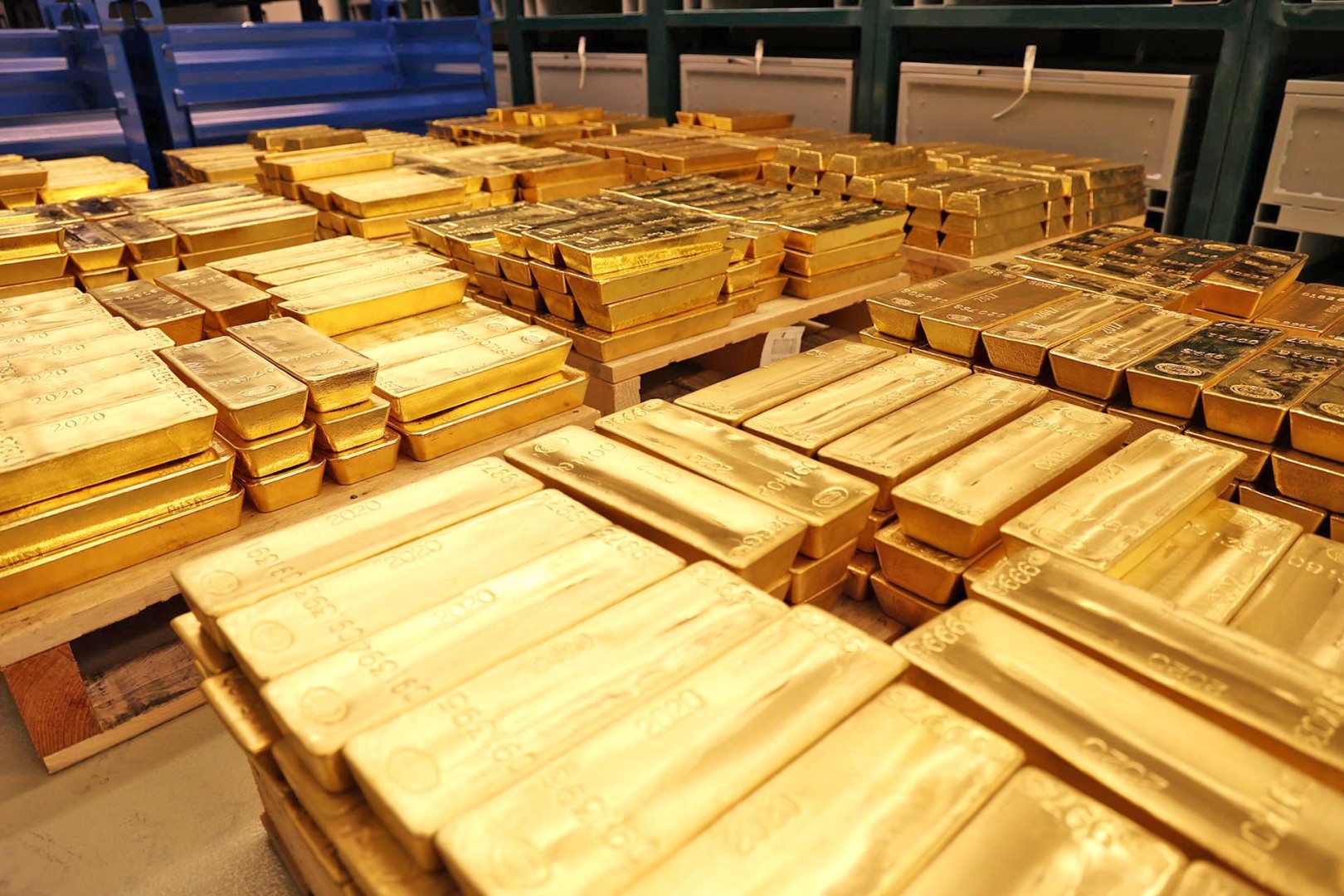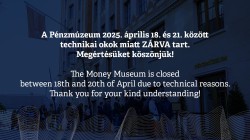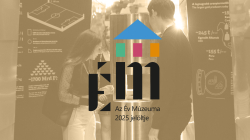Visitors can see the banknotes and coins that have been in circulation for the last hundred years: the pengő, issued on the 1st of January in 1927, which was initially redeemable for Swiss francs at a rate of one to one, but then left circulation with world record-breaking hyperinflation. Also, the forint, which was first introduced in Hungary on the 1st of August in 1946 and is still our legal tender and national currency. Its birth was largely due to the central bank's gold reserves, which were saved and brought home on the famous gold train.
The exhibition is interspersed with digital attractions and films. The exhibition, like the Money Museum, will be free of charge.

Ticket information
Related content
Our company has been selected as a finalist in three separate categories of the Industry Eagles Awards
Thank you for your kind understanding!
The Money Museum has been nominated for the Museum of the Year 2025 award by the Pulszky Society - Hungarian Museum Association jury.
Vote for the Money Museum and the Money Museum Panoramic Terrace!
Our company has been selected as a finalist in three separate categories of the Industry Eagles Awards
Thank you for your kind understanding!
The Money Museum has been nominated for the Museum of the Year 2025 award by the Pulszky Society - Hungarian Museum Association jury.
Vote for the Money Museum and the Money Museum Panoramic Terrace!



